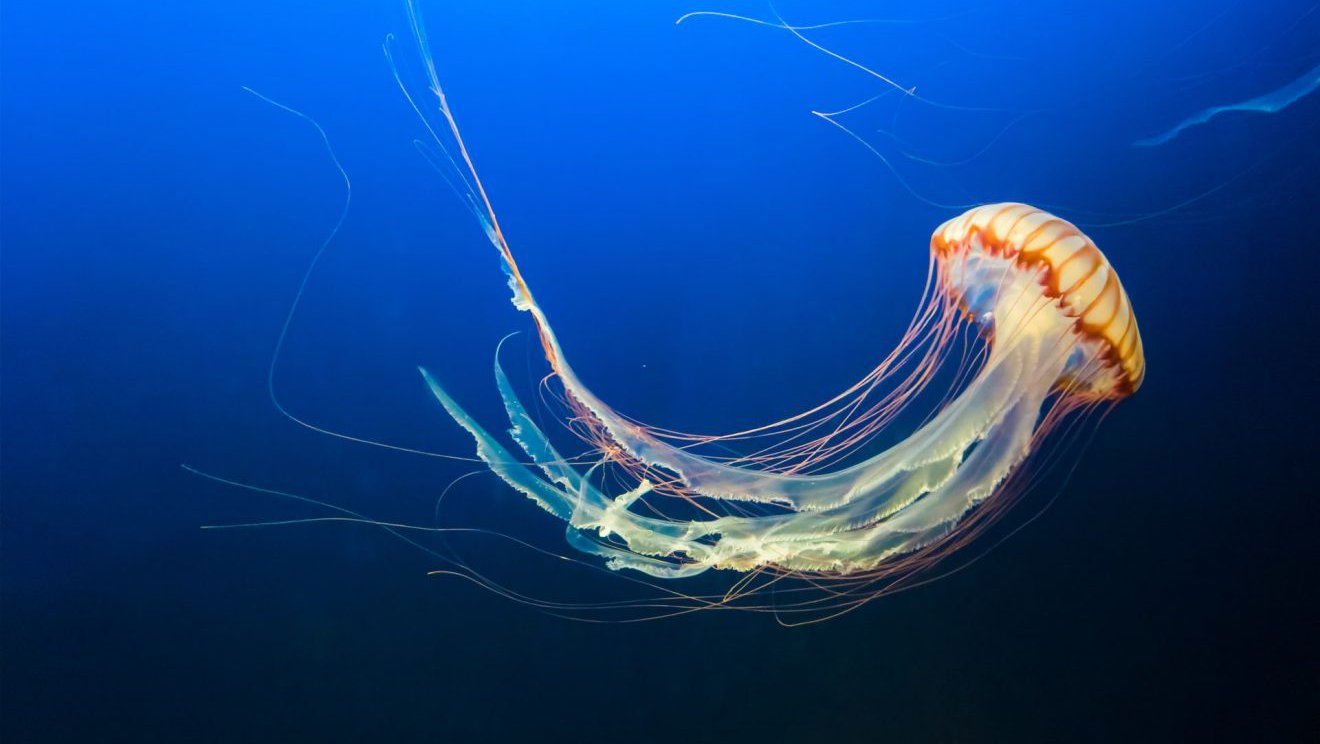Jellyfish Facts

Continuing with the animal theme...
Jellyfish is 95% water.
In the water, a jellyfish looks squishy, but out of the water, it appears just like a blob or a water droplet. It is because jellies are 95% water. It has no blood, brains, and heart. If carried on the beach shore, jellies will evaporate and disappear.
Jellyfish has just one opening for eating and pooping.
Jellyfish use their tentacles to capture prey and transport food to their mouths. Their mouths are in the centre of their bell-like body, it is just a small opening. They use their mouths to eat food and to release waste. And if they can’t get any weirdly cool, jellyfish squirt to propel themselves in the water.
Urine does not cure jellyfish sting.
As opposed to the myth, peeing on a jellyfish sting does not alleviate pain. One way to lessen the pain is to remove the tentacles using tweezers. Additionally, soaking the stung area in hot water may also make it feel better.
Dead jellyfish can still sting.
Be careful when touching or getting into contact with a dead jellyfish. Even if they are long dead, the venom on their tentacles is still prevalent and can cause harm. Their tentacles will continue to release poison until they are removed.
Jellyfish kill more humans than sharks.
Sharks are definitely terrifying, but would you believe that jellyfish kill more people than sharks do? According to reports, jellies are more likely to kill people than sharks. They can cause 40 deaths annually or larger than shark-related fatalities (about 13 in the year 2020). This is because jellyfish are highly poisonous and difficult to avoid.